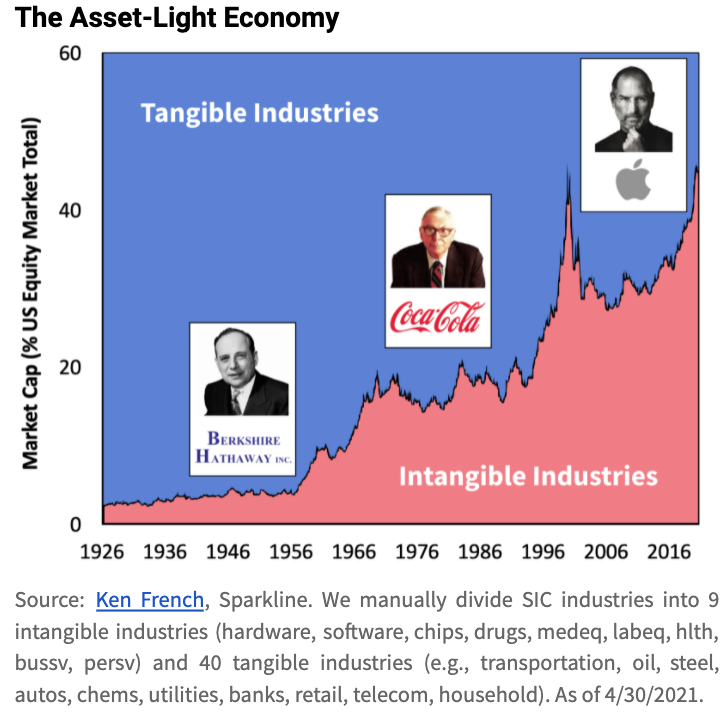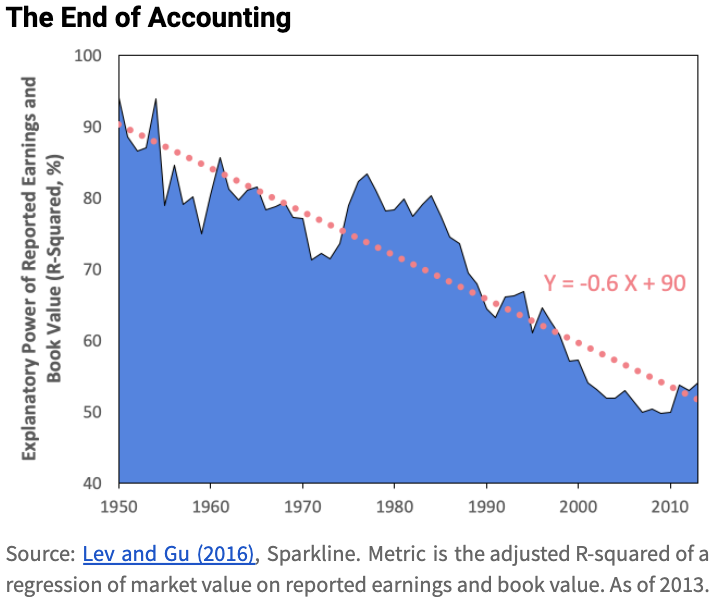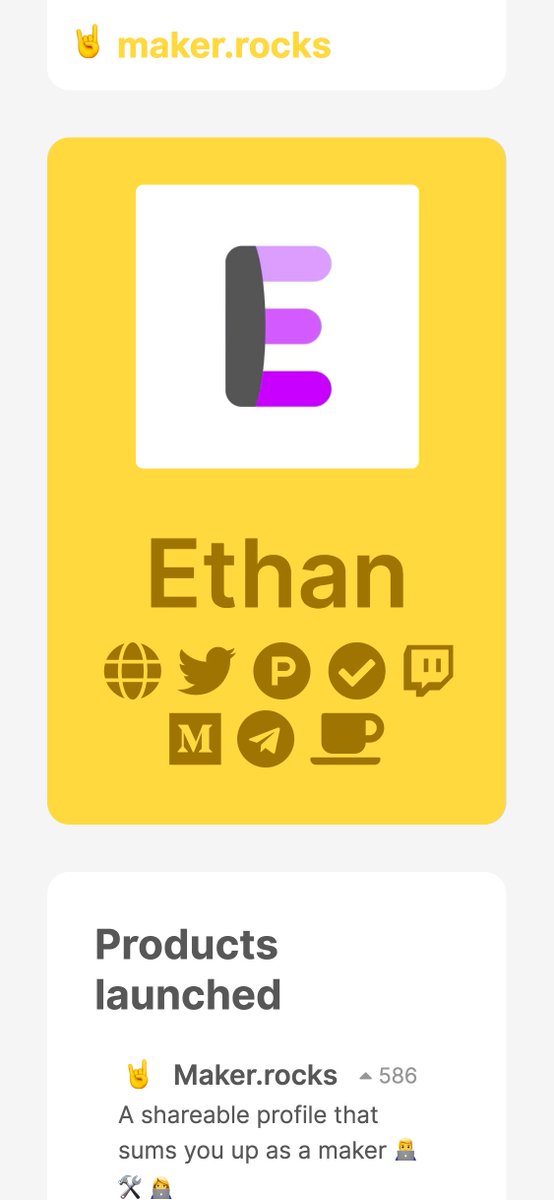1/ There are a ton of books about Financial & Fundamental Analysis, Scuttlebutt and Technical Analysis. But there aren't many books 'taking risk'.
Among the few that exist, 'Zurich Axioms', written in 1985, is the best. Here are my key takeaways from the book.
2/ A bit about Max Gunther's (The Author) background. He was an Anglo-American journalist and writer, who wrote 26 Books.
His father, Franz Heinrich, was the New York Head of Schweizerischer Bankverein, which later merged into the famous Union Bank of Switzerland (UBS).
3/ The 'Zurich Axioms' were a set of unwritten rules followed by a informal group of Swiss Bankers and Traders who used to socialize around Wall Street after World War II. Mr. Heinrich was one of the founding members.
Max Gunter formalied these 'Axioms' by writing about them.
4/ There are 12 'Major Axioms' and 16 'Minor Axioms' (Corollary to the Major Axioms) in the book.
But remember, this is MY key takeaways from the book and not an exact summary. So you might find quotes, phrases and links inserted here and there by me (Not from the Author).
5/ Axiom #1: In order to earn returns, you must take risk. Risk will make you worry.
Risk-taking and worrying go hand-in-hand. If you're not worried about an investment, you're not taking risk.
Spend half your energy towards earning an income and the rest towards speculation.














